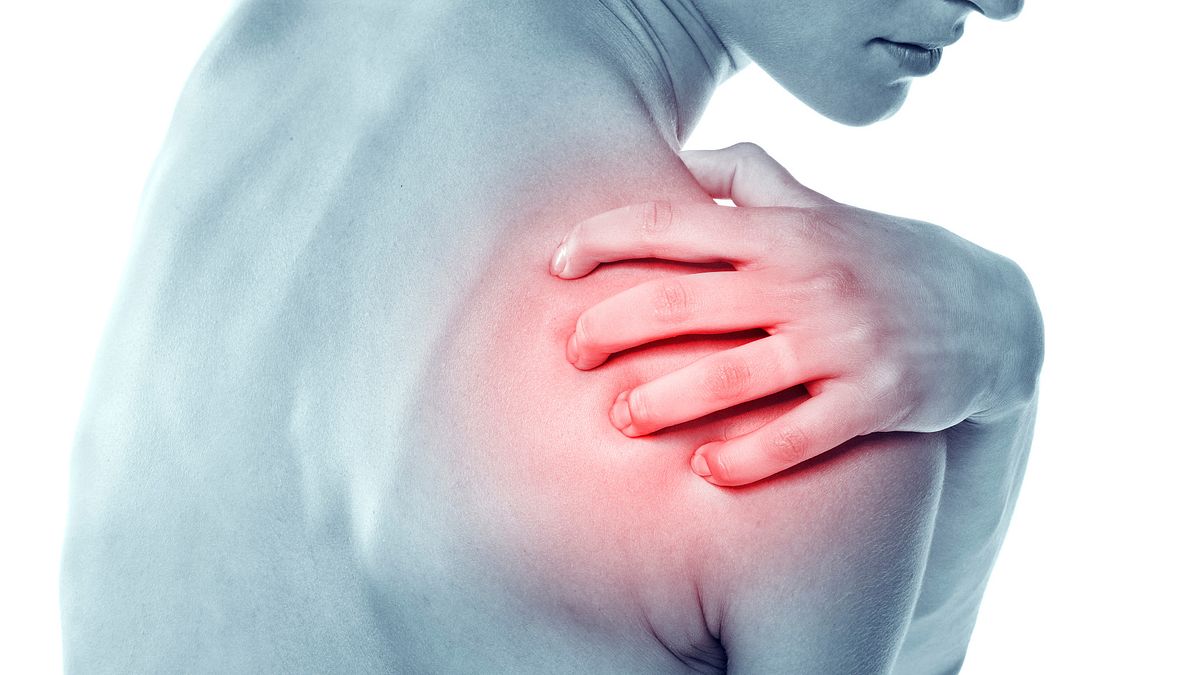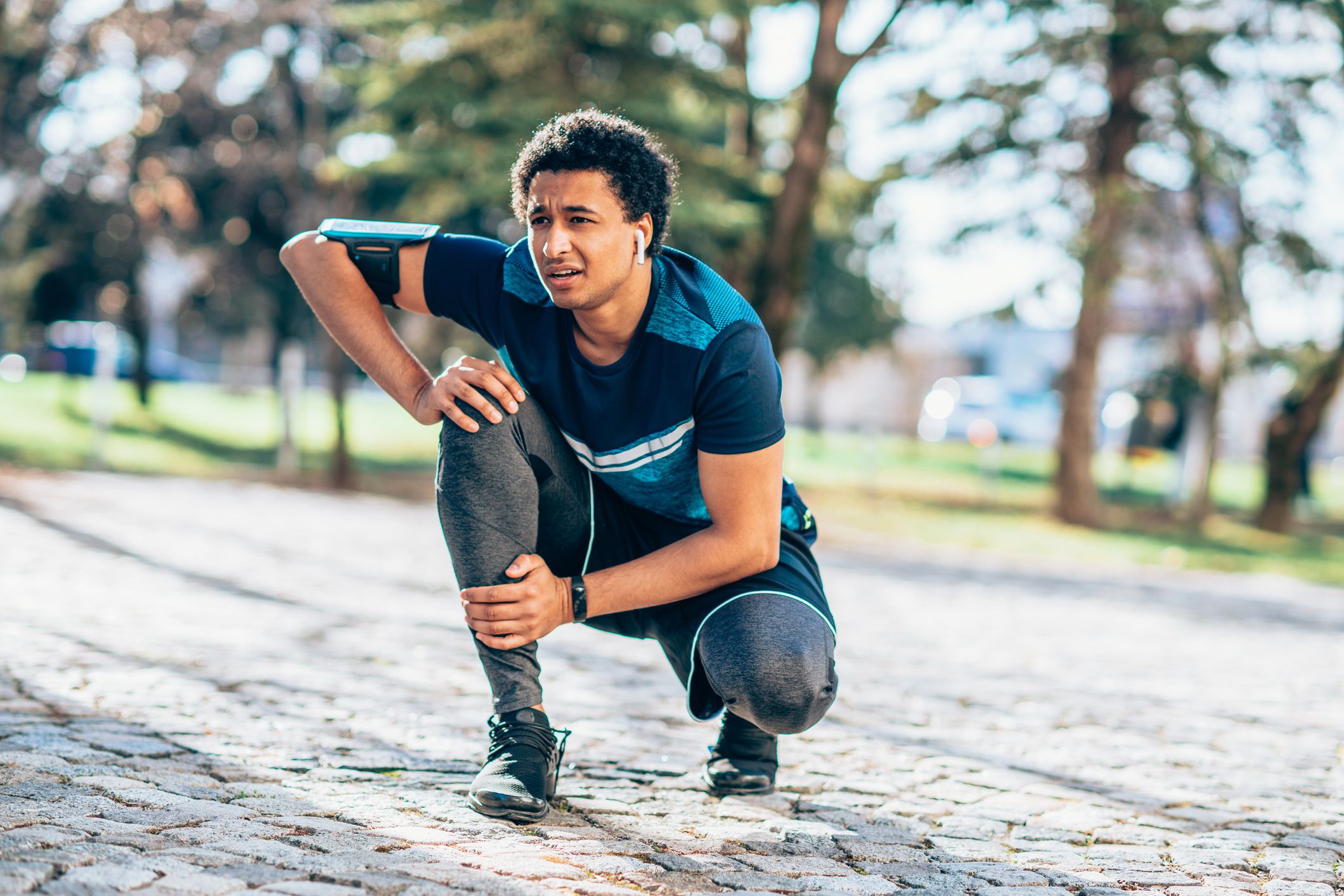About two-thirds of Kenyans will suffer from shoulder pain at some point during their lifetimes, and like other joint issues, painful symptoms tend to increase with older age. But age isn’t the only factor that influences shoulder pain. Issues like inflammation and irritation also play a role, especially in certain problems, like bursitis.
At Orthopedic Care , we offer an array of treatment options for shoulder bursitis, helping patients relieve symptoms now and even prevent them in the future. If you’re prone to painful shoulder symptoms, here’s what our team wants you to know about shoulder bursitis.
Shoulder bursitis: the basics
When most of us think of joints, we think about the bones and other tissues that comprise the joint’s “moving parts.” But joint structures are more complex than that, and one often-overlooked component — the bursa — can actually be the source of a fair amount of joint pain.
Bursae are fluid-filled sacs that help cushion and protect the joint while also facilitating easy joint movement. Bursae are found in many major joints, including the shoulder, where they provide a smooth cushion between the shoulder tendons and the acromion (the top bony edge of your shoulder blade, or scapula).
Bursitis happens when these tiny sacs become inflamed and swollen, sometimes as the result of a traumatic injury (acute bursitis), but more commonly from repeated use and wear and tear on the joint (chronic bursitis).
Bursitis can happen to anyone, but it’s more common among people who:
- Use their shoulders a lot for work or sports
- Perform a lot of overhead activities
- Have underlying conditions, like arthritis, diabetes, or thyroid disease
Rarely, bursitis happens as a result of shoulder infection.
Six tips to prevent shoulder bursitis
Our team offers advanced treatment options for shoulder pain, but there are some steps you can take to prevent shoulder bursitis in the first place.
#1: Warm up
Warming up isn’t just for athletes. It can help anyone who uses their shoulders either on a daily basis or for a one-off activity, like moving furniture or yard work. Warming up uses gentle movements to increase circulation to your shoulder joint and the tissues that surround it, increasing flexibility so the risk of injury and irritation is reduced.
#2: Exercise — gently
In addition to warming up before activity, try to incorporate gentle shoulder exercises into your daily routine. Strengthening the shoulder muscles through weight-bearing exercises helps provide shoulder support to decrease joint strain. Just be sure to use light weights to avoid stressing the joint and unintentionally causing more injury.
#3: Take frequent breaks
Repetitive joint movement is a major cause of shoulder bursitis (and many other shoulder problems, too). When using your shoulders, incorporate regular breaks throughout the activity to allow your tissues time to recover. If you use your shoulders daily, plan to take a day off now and then so your shoulder gets a period of complete rest.

#4: Use ice
Whether you use an ice pack or a bag of frozen peas, cold therapy can be very effective in reducing painful inflammation. Wrap the ice pack (or peas) in a lightweight cloth to avoid direct contact with your skin. Limit applications to 15-20 minutes 3-4 times a day to treat minor discomfort.
#5: Wear a brace
Maybe your job puts a lot of strain on your shoulders on a daily basis. If that’s the case, using a shoulder brace might be just what you need to reduce strain on your shoulder joint and decrease the risk of joint inflammation. Our team can recommend a brace that’s comfortable and effective for your lifestyle.
#6: Seek treatment early
One of the best ways to prevent painful bursitis is to seek medical treatment at the first sign of discomfort or joint fatigue. Our team will work with you, suggesting therapies and lifestyle changes that can keep your shoulder healthy and free of pain and stiffness.
Depending on your symptoms, your lifestyle, your medical history, and other factors, your treatment plan may include:
- Activity modification
- Physical therapy
- Medication
- Injections
With severe shoulder problems that don’t respond to conservative treatment, our doctors may recommend shoulder surgery to restore the joint using state-of-the-art techniques.
Relieve your shoulder pain
Orthopedic Care in Nairobi, Kenya makes it convenient to get the care you need to finally find relief from your painful shoulder symptoms. To find out what’s causing your shoulder pain — and how we can help — book an appointment online or over the phone today.
Hear from some of our patients
Use of platelet-rich plasma to treat a knee condition with Orthopedic Surgeon in Nairobi, Kenya Col(Dr) Adari George, Founding Director of Orthobridge Institute, an orthopedic centre in Kenya.












